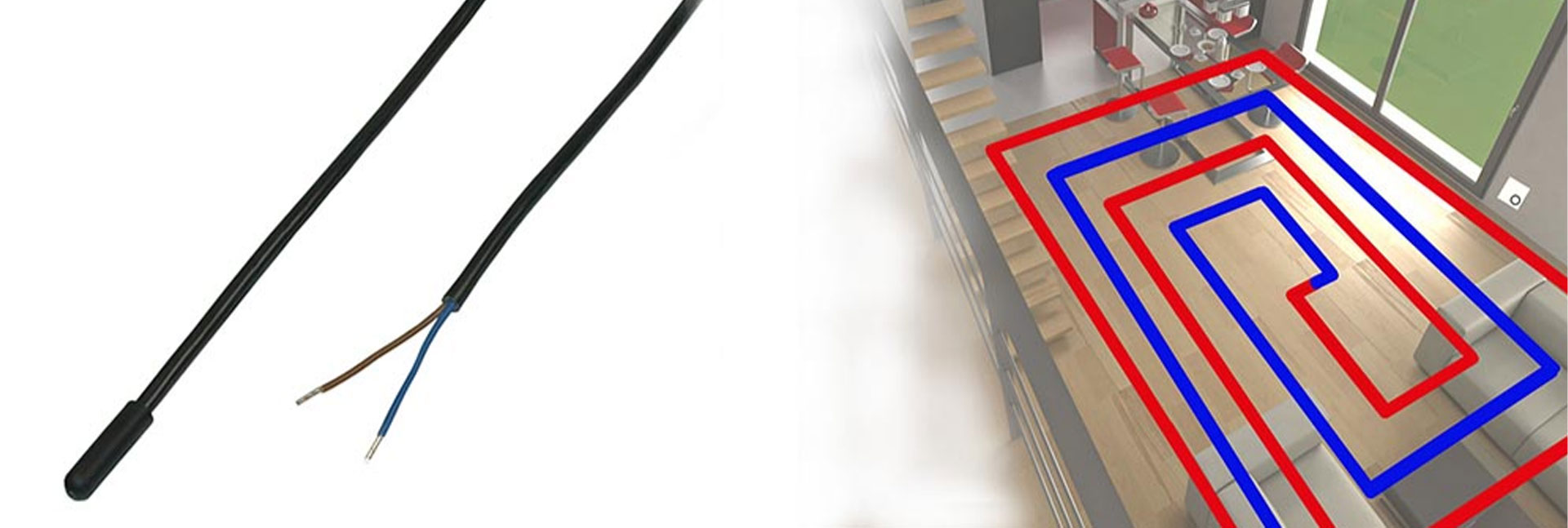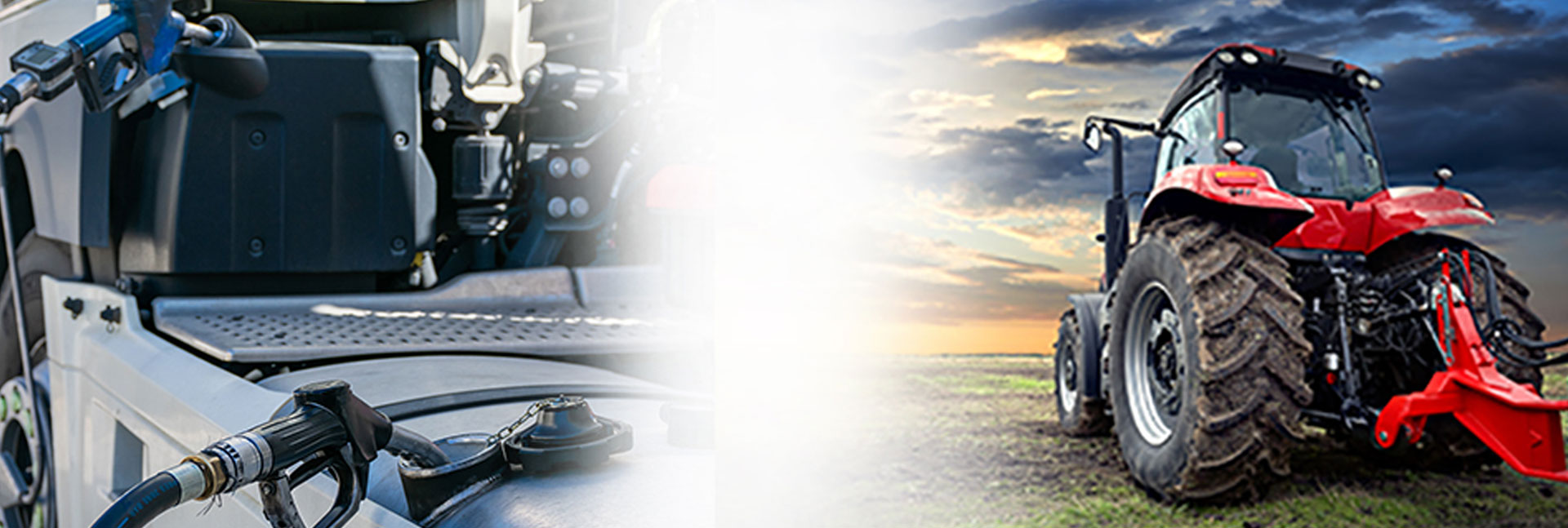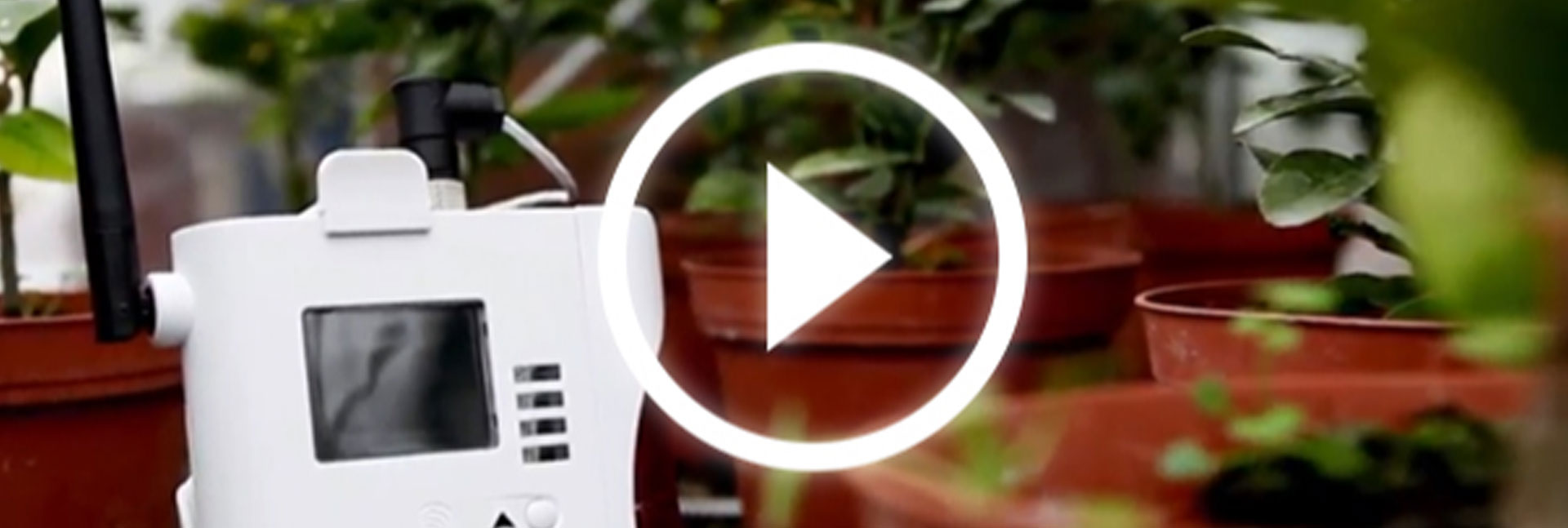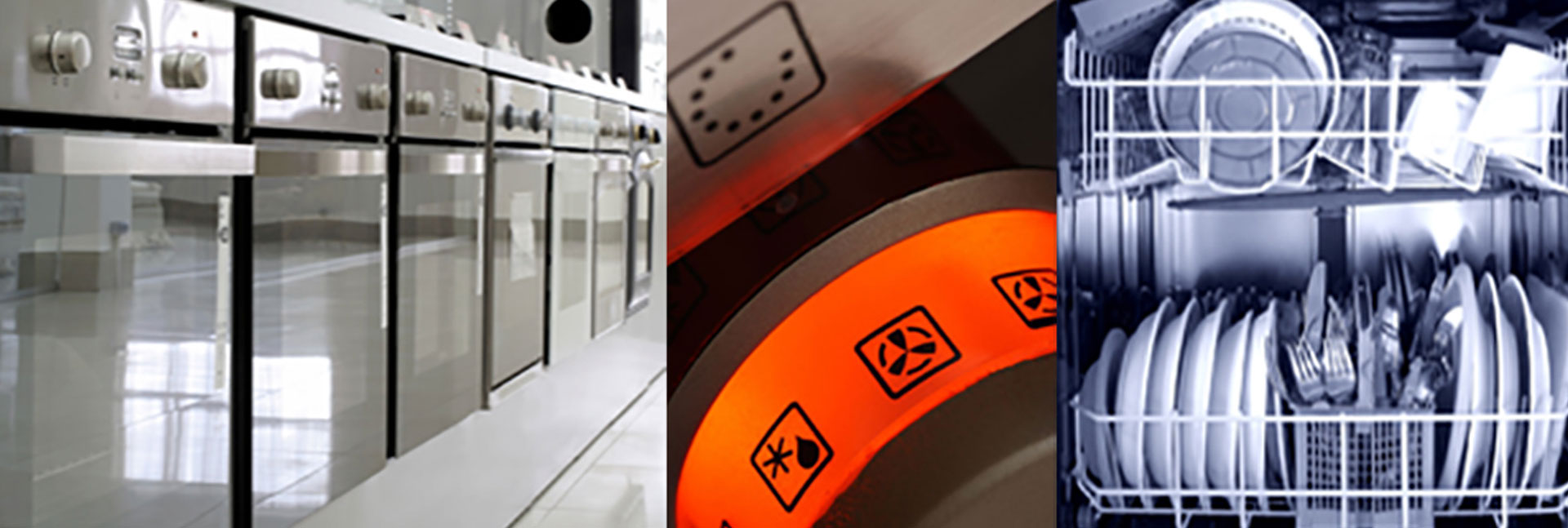Floor temperature probe
The forerunners of underfloor heating with integrated floor temperature probe
Underfloor heating is older than people often think. Already the Romans heated various buildings by means of underfloor heating. At that time, wood was fired in a cavity between the floor and the ground, the floor heated up and transferred the heat into the room. Problem: the consumption of firewood was incredibly high and the heating time was often several days due to the low efficiency and the thick floor slabs. Even though underfloor heating as we know it today did not make its breakthrough until the 20th century, the Romans still remain the inventors of underfloor heating.
How does such underfloor heating work and what role does the B+B floor temperature probe play?
So-called surface heating systems, which include underfloor heating, work with the entire floor area of a room. Normal radiators, which are mounted free-standing on the wall, require a much higher flow temperature, due to the smaller surface area. Thus, underfloor heating is particularly suitable for energy sources such as heat pumps or solar thermal systems, because they work most efficiently at low temperatures. In addition, underfloor heating is particularly suitable as a heat accumulator due to the large pipe length.
But not all underfloor heating is the same. The most widespread variants are the wet and dry systems. The wet system is particularly suitable for new buildings, as here the heating pipes are laid directly in the screed and thus firmly connected to the floor. This makes heat transfer into the floor and thus into the room particularly efficient. The dry system, on the other hand, is more suitable for retrofitting. The water pipes are laid in an insulating layer underneath the floor and transfer the heat to the floor and the room via the insulating layer.
Whether wet or dry system, the B+B floor temperature sensor can be used in both variants. For this purpose, the sensor is connected to the thermostat with the free cable ends. The sensor tip is then inserted into a pipe laid on the floor. This should be closed at the head end so that the sensor is protected for measuring the floor temperature. In addition, the sensor, which is equipped with an NTC 2 kΩ or 10 kΩ sensor, is completely potted, which also gives it a high degree of protection. In addition, the sensor can be replaced more easily in case of repair. Outside the pipe are then the heating pipes through which the hot or even cold water flows. The B+B temperature sensor measures the temperature in the floor and passes it on to the thermostat, through which the user can then regulate the temperature specifically.
Other interesting topics
Newsletter registration
Stay up to date with us free of charge. Don't miss any more news, novelties or information with our free newsletter!







